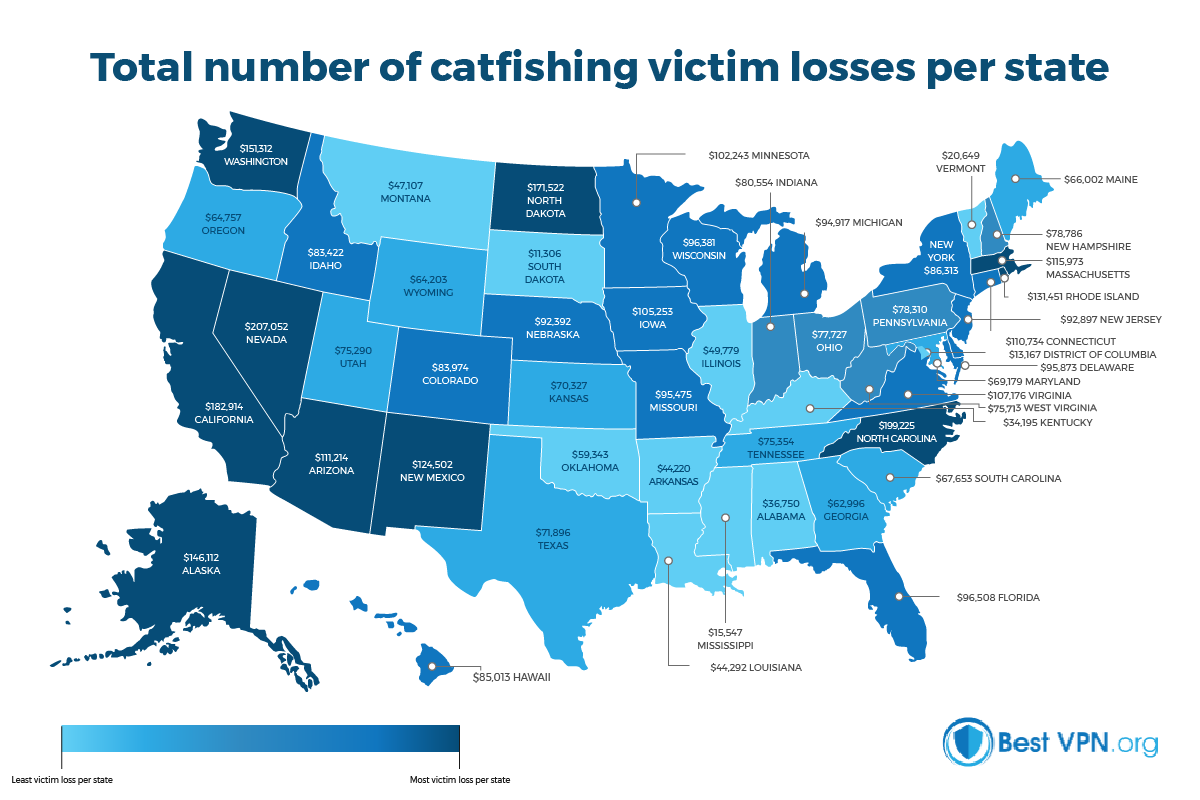They aren’t who they say they are: False identity in a socially digital world
Meet Yaniv “Nev” Schulman.

Nev’s is a story about true friendship, love, and ultimately great deception in the wake of a blossoming age of social media. In 2007, the New York photographer received a Myspace direct message from a 9 year-old Michigan artist, Abby, requesting permission to paint a photograph of Nev’s that she’d seen in the

newspaper. He gladly gave her permission and, weeks later, received the painting in the mail. This act of friendship and a shared passion for the arts launched a friendship between the two; over the following months they became pen pals and frequently shared their art.
Eventually, Nev contacted Abby’s mother, Angela, seeking approval of his freindly relationship with her daughter. After getting to know Angela, he began connecting with and messaging many of the Angela’s friends and relatives on Facebook, including Abby’s 19-year-old sister, Megan. “She was smoking hot, unbelievably sexy … super beautiful,” Schulman said in reference to her Facebook profile. Their relationship blossomed as they began messaging each other; Megan wrote and performed songs for him and they flirted frequently. “Here’s this girl, this beautiful girl, virgin girl in Michigan who’s writing me passionate love songs,” Nev said. Then, they took their relationship further with steamy messages (like these:
Megan: My body is craving you tonight
Schulman: What exactly would you do if you had me there?
Megan: Id have you in the tub with me between my legs. Id kiss you on the neck and whisper in your ear begging you to make love to me
Schulman: begging is something you wouldn’t have to do … in fact im willing to bet if anything youd have to beg me to stop
Nev fell in love with this dream girl in Michigan. Despite having never meeting her, he imagined a future with Megan. Fake identity on social media, and finding people through social media itself, were both new phenomenons, and the possibility of his dream girl being fake never occurred to Nev until a road trip to Colorado with his videography business partners, brother Ariel Schulman and friend Henry Joost. They had scheduled a job in Vail and decided to visit Megan on the way back. As they drove, Megan sent them a rendition of Johny Cash’s “Tennessee Stud”, claiming she had written the song for them. Impressed with the beauty of her song, they looked for representation for her in New York and, while digging around online, found that the song did not belong to her. Even more, while filtering through renditions on youtube, they found an identical one to the version that Megan had sent Nev. “That’s [when] we realized everything was fake,” Joost said. After learning that his 7 month relationship could be a sham, Nev decided that getting to the bottom of it all was his top priority. They drove 1,300 miles only to arrive at an abandoned building, not the horse farm on Lake Superior in which she had claimed to be living.
They then drove to her family’s house to find Megan and, while Angela, Abby, and Vince, Abby’s father, were there, they looked nothing like their Facebook profiles. Confused and distraught, Nev demanded to know where, or who, Megan was. While Angela first claimed that Megan was away at a rehab facility and couldn’t be seen, she later came clean: it was all her. The paintings, the phone calls, all the Facebook profiles, Angela had meticulously crafted profiles and personalities for 17 identities, each equally fake and equally Angela. She used different aspects of her personality, changed her voice, and filled in the rest with images and music that she found online to impersonate this group of fake people.
Nev’s friends were filmmakers who documented just about everything in their lives, and filmed much of their lives, even the seemingly mundane. Their efforts paid off, as they had footage of much of the early stages of Nev’s niece relationship with Megan, and almost all of the end when the reached it climax. They created a film documenting the modern phenomena known, coined by this film, as catfishing. Nev employed this new-found fame and experience with catfishing to create an MTV show where he helped people like him identify red flags in their online relationships and confront their catfish.
Stories about catfishing can be suspenseful, entertaining, and somewhat distanced from reality, but more

people fall victim to catfishing than one would think- with more tangible consequences than hurt feelings and wasted time. Bestvpn.org combed through FBI public databases to find that “18,000 people were victims of catfishing, or romance fraud” and “losses exceeded $362 million” in 2018. While experts expect these numbers to be much higher, many of the cases go unreported due to embarrassment.
Impression management is not a new practice. Humans plagiarize, cheat, and alter their appearance, voice, scent, and personality to elicit a desirable impression from others. However, there has been no other time period in history where deception of this scale has happened so often and easily and caused so much damage. In Kathrin Kottemann’s “The Rhetoric of Deliberate Deception: What Catfishing Can Teach Us,” she argues that the “catfishing moment” happened in conjunction with the rise of social media and is now commonplace. As the internet has evolved from 2010 when the term was first coined, so has catfishing tactics and its terminology. Here is a rundown of modern terminology from Urbandictionary.com:
As made evident by the many forms of catfishing above, Catfish have many different motivations. For some, like Angela in Catfish, they use catfishing to create an alternate reality for themselves to escape their own. Angela could be a young painter, a hot musical teenager with a boyfriend in NY, a young mother married to the man of her dreams. Some do it for more sinister reasons, like catmail, manipulation for money or nude pictures, or for bullying. Even some are harmless pranks, like bamboozling. The point is, anyone can, and most likely will, be a target of a catfish. There are many red flags to look out for, but it’s generally best to follow your instincts and never send personal information or money.
I hope you found this both interesting and helpful, perhaps you just might encounter a catfish soon. -Smooty
Works cited and consulted
BERMAN, THOMAS. “Inside ‘Catfish’: A Tale of Twisted Cyber-Romance.” ABC News, ABC News Network, 2010, abcnews.go.com/2020/catfish-movie-tale-twisted-cyber-romance/story?id=11817470.
“States with the Highest Catfishing Rates – 2020.” BestVPN.org, bestvpn.org/catfishing-statistics/.
Kottemann, Kathrin. “The Rhetoric of Deliberate Deception: What Catfishing Can Teach Us.” ProQuest Dissertations Publishing, 2015. Print.
Williams, Victoria. “Catfishing and Online Identity Management.” ProQuest Dissertations Publishing, 2020. Print.